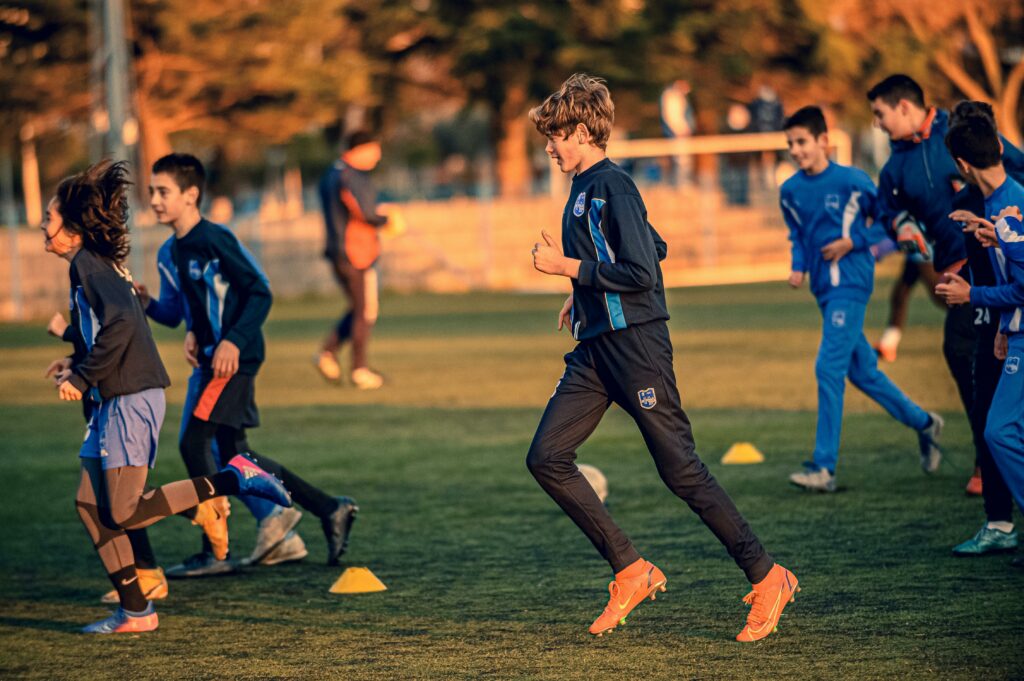Why does sport provoke such an avalanche of emotions, both positive and negative?
And more importantly, how can we turn those emotions into allies rather than obstacles?
As someone passionate about performance and wellbeing, I’ve always been fascinated by what physical activity, competition, and effort awaken within us, that unique emotional intensity of sport.
In this post, I explore why sport activates such deep emotional mechanisms, how it happens, and how we can use these emotions wisely to feel good in life and achieve our goals.
1. Why sport generates so many emotions?
Sport acts as an emotional amplifier. It merges body, mind, social context, stakes, and visibility. Behind every “performance zone,” there’s an entire emotional system at work:
- First, physical effort triggers physiological reactions such as heartbeat, adrenaline, muscle tension, the biological foundation of emotion.
- Second, sports involve uncertain outcomes and personal stakes, activating our cognitive component: “Will I succeed? What will people think if I fail?”
- Finally, sport often happens in front of others. That shared visibility magnifies every feeling: joy, shame, pride, or frustration.
2. How emotions become barriers or catalysts?
When emotions are mismanaged, athletes can spiral: one mistake leads to frustration, frustration leads to loss of focus, and performance drops.
However, when emotions are channeled, they become fuel. Adrenaline sharpens attention, motivation rises, and body and mind synchronize to perform. In this state, emotions are not enemies, they’re allies. (Source: Mpowerminds)
Useful resource: how to help young athletes amange tantrums and panic attacks?
3. Tips for using accuratly these emotions to succeed and feel better:
- Recognize emotions that means acceptance works better than suppression. Studies show emotional suppression hurts performance in high-pressure contexts. (Source: JCHR Journal)
- Regulate emotions through tools: breathing, visualization, mindfulness, and mental coaching are key. This is central to experts l who help athletes improve both mental performance and wellbeing.
- Reframe goals by focusing on growth rather than fear of failure. Shifting from “don’t lose” to “keep evolving” transforms emotion into a sustainable driver.
- Transfer lessons into everyday life (even at school) because sport becomes a training ground for emotional intelligence, resilience, and personal success.
It’s a powerful emotional engine!
In the end, sport is more than physical movement! It’s a powerful emotional engine.
When we understand why and how these emotions arise, we gain the ability to transform them into energy — not only to perform better, but also to live better.
So ask yourself: What emotion does sport awaken in you? And how can you turn it into strength?
Resources to learn more for a deeper understanding:
- Jekauc et al., Toward a Theory of Emotions in Competitive Sports — PMC Open Access
- How Emotions Affect Sports Performance — Mpowerminds Blog

